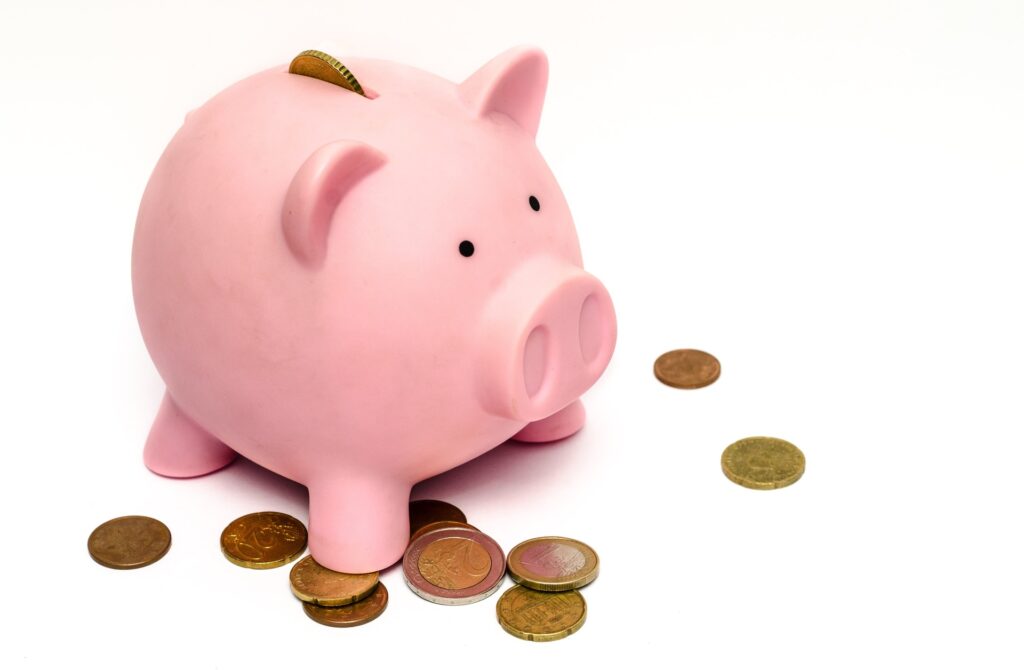Secured vs. Unsecured Loans
Written by Team 365 finance

We’ve all heard the old saying “you need to spend money to make money.” For many small and medium-sized businesses, particularly those in their early stages, spending money often means borrowing money.
Modern businesses have a variety of different borrowing options to choose from. Most of these fit into one of two categories: secured loans or unsecured loans.
Both secured and unsecured loans are common in the world of business. They’re taken out by businesses of all sizes for a variety of purposes, from paying operational expenses to financing new locations, product development, advertising campaigns and more.
Below, we’ve explained the key differences between secured and unsecured loans. We’ve also looked at the main advantages and disadvantages of each type of financing for both borrowers and lenders.
What is a Secured Loan?
A secured loan is a loan that’s secured using a particular asset (referred to as “collateral”). If the borrower defaults on the loan, the lender can repossess the asset and either keep it or sell it as a way to recover the balance of the loan.
For example, a mortgage is a type of secured loan. If someone takes out a mortgage and fails to meet their repayment schedule, the bank can repossess the property and sell it to recover a percentage of the money that was borrowed.
A car loan is another example of a secured loan. If the borrower fails to repay the loan, the car loan provider can repossess the vehicle and sell it to recover some of their funds.
What is an Unsecured Loan?
An unsecured loan is a loan that isn’t secured using an asset. Because the lender can’t seize an asset in the event that the loan isn’t paid back on time, this type of loan is usually only given out if a business has a history of repaying its creditors in full and on time.
For example, a personal loan is a type of unsecured loan. If you take out a personal loan and can’t keep up with the repayments, the bank or other lender that provided the loan will not be able to repossess a specific piece of property in order to pay off the loan balance.
Some small business loans are unsecured. For example, revenue-based finance, such as the business financing we offer, is a type of unsecured financing. If your business has a credit card or overdraft, it also has access to a small amount of unsecured credit.
Advantages and Disadvantages of Secured Loans
Taking out a secured loan has several advantages for your business. First, since you’re giving the lender a form of collateral, such as a physical property, equipment or inventory, the amount you can borrow is often quite significant.
This is ideal if you want to expand your business and need a significant amount of capital to do so.
It’s also usually easier to take out a secured loan than an unsecured loan, especially if you have a limited credit history. Since your business is providing security in the form of an asset, there’s significantly less risk involved in the loan for the lender.
Borrowing money via a secured loan can also be less expensive for your business. Due to the lower risk, many lenders apply lower interest rates to their secured loans than their unsecured loans.
The biggest disadvantage of a secured loan is that you could potentially lose the asset used as collateral if you fail to repay the loan. This can have significant consequences if the asset used as collateral is essential for your business.
You’ll also need to have a valuable asset to offer to back the loan. This can be a problem if your business is still in its early stages and doesn’t own any noteworthy assets.
Advantages and Disadvantages of Unsecured Loans
Unsecured loans offer several advantages. First, since you don’t need to provide any assets as collateral, there’s significantly less of a risk in the event that your business can’t make the loan repayments.
Because unsecured loans don’t require you to provide any assets as security, they’re an ideal option if your business doesn’t own very many valuable assets.
Despite these advantages, unsecured loans also have several disadvantages. First, due to the extra risk involved in giving out this type of loan, lenders are very selective. If you don’t have a strong credit history, it’s unlikely that you’ll be able to use this type of financing.
In the event that your business can take out an unsecured loan, the total amount that you’ll be able to borrow will typically be lower than it would be for a secured loan.
It’s also important to note that defaulting on an unsecured loan doesn’t mean that there will be no consequences for your business. If the lender decides to take legal action, they could win a claim against your business or force you into insolvency through a winding up order.
Finally, the cost of borrowing money in the form of an unsecured loan is almost always higher than it would be for a secured loan. Because of the extra risk involved, lenders usually charge higher interest rates, resulting in larger costs for your business over the long term.
Summary
Secured and unsecured loans both offer a range of advantages and disadvantages for small and medium-sized businesses, from the risk of losing a specific asset used as collateral to a more expensive interest rate.
Because every business is different, there’s no ideal type of loan for every situation. Ultimately, the best financing option for your business depends on factors such as your asset value, cash flow, cash on hand, profits and more.